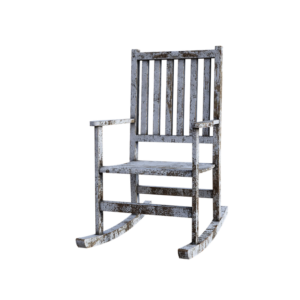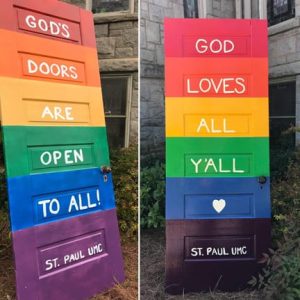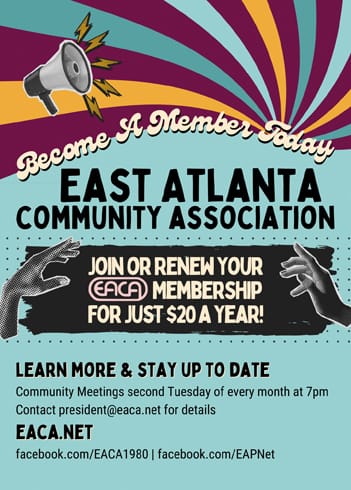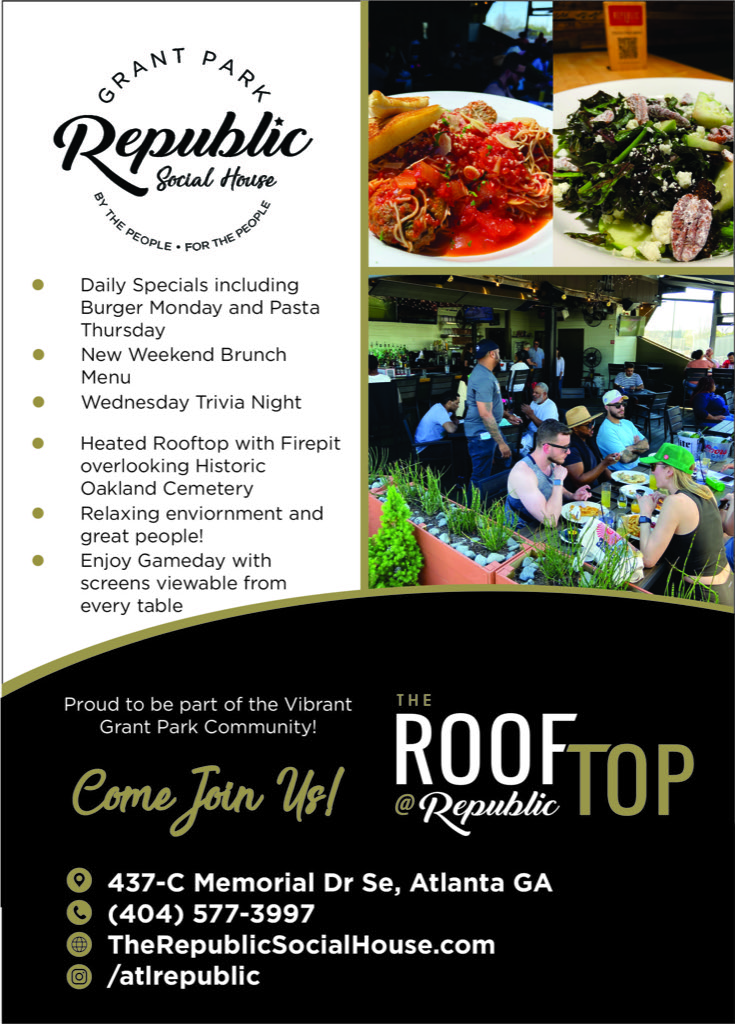By Tom McGowan
My birthday falls on December 9. Because I was born at the end of the year, I was always the youngest boy in my class. During seventh grade I looked on with envy as one peer after another obtained employment as a paperboy. For months, I listened with frustration to their boasts of money made and spent. For their employer, the Yonkers Herald Statesman, only hired paperboys starting at age twelve.
Finally my birthday arrived and I was eligible for my first legitimate job. I signed up, anted up $50 to get bonded (to make sure I would pay up each week), and off I went! I started with a single route, then realized I could earn twice as much with not much more effort, and soon acquired a double route. The Herald Statesman was a local paper published just north of New York City, where the Bronx meets Westchester. My routes were the southernmost in the delivery area.
There was no uniform way to get the job done amongst the paperboys. Some used the two-wheeled shopping carts, like the ones our moms used to lug groceries home from the store. Others used Radio Flyer wagons and some of the bigger guys just used one or two canvas sacks. Some were lucky enough to get their papers dropped at a corner newsstand, and would do half their route, circle back, and then pick up the rest, thus halving the weight carried at any one time. Mine were dropped on the street far from any safe haven. This was the Bronx, where things not nailed down had a habit of walking away, so I was obliged to pick up all my papers at once.
Even at twelve, I thought hard about working smart and saving time—a portent perhaps of my later career path as an engineer. My choice of conveyance was my red Schwinn single-speed bicycle, converted to paper delivery service. I called it my “truck bike.” In order to carry papers, I added twin wire baskets in the rear, attached on either side of a flat metal rack, as well as a basket on the handlebar. I now wonder how the tires took the load, for on Thursdays, the paper was as thick as the Sunday New York Times, due to the midweek ads. All the baskets were completely full; the rack between the rear baskets was piled high with papers attached with rubber straps and to add to the weight, there was the canvas bag I slung over my shoulder, also chock full of papers.
I used that bicycle rain and shine, summer and winter. Jammed into the saddle baskets, the papers did not get too damp on the upper end when it rained, at least not enough to cause grief with clients. When it snowed, I wrapped old clothesline around the tires in a spiral fashion, and sometimes in a double spiral to act as tire chains. While I could not always ride the bike in the snow, I could push it without the tires going sideways and kicking out from under the load. Luckily, discarded clothesline was in plentiful supply in the Bronx from the wash lines behind the apartment buildings. Another winter issue was keeping my hands thawed out. I accomplished this by tucking a lighter-fluid-fueled catalytic heater into my jacket pocket. The filament glowed a dull red inside its ventilated chrome case, keeping the pocket—and the hand stuffed into it—warm.
The most memorable event of my paper-delivery career occurred one day when my bike was loaded even more than usual, with me, the papers, and a young apprentice who helped me deliver papers for the occasional quarter or item bought at a deli. This lad was about ten years old and sat sideways on the bar between the saddle and the front fork, swinging his legs. We were biking north on Broadway on the sidewalk above 252nd Street, heading to the Garden Apartments. The heel of the younger boy’s shoe kicked the spokes, snapped two of them and locked up the front wheel. The bike did a somersault, and then, at its apex, started to go sideways, tumbling its contents down the sidewalk in one grand mess of scattered paper, boys with scraped palms and knees, and chrome and rubber. I lost my helper that day; the job proved to be too dangerous for him.
Half or more of the route was in walk-up or elevator apartment buildings, and folding the papers was not usually worth the effort. But for some buildings with long hallways and terrazzo floors, we folded the papers and shot them down the slick floor to the clients’ doors, just like a bartender sailing a beer down the bar. Rooftops came in handy on walkups with two staircases, if the supers (building superintendents) had not nailed the doors to the rooftop shut. Five floors up, a crossover, then five floors down. Lots better than going up and down twice.
On collections day, a time saver was the chrome-plated change maker, mounted on a belt at the waist. Pushing the levers would allow you to make change for a dollar and speed up the transaction. These were not the quality of those used by motormen on the trolleys and buses and did not always work, but they still saved time. Collections exposed the paperboys to the wide range of humanity, from the timely payers and good tippers to the deadbeat who would not answer the door. (I knew full well she was home since I could see her there through the peephole.) Ah, collections! Good training for later in life when the stakes would be higher still.
Money came, and money went. There were delicatessens and a pizza place along the way. It took calories to get the job done, and these were supplied by Hostess cupcakes, handmade hot apple turnovers, Drakes cakes, and hot slices of plain pizza. “Gimme a slice, and a Hires root beer!” All in all, not a bad way to make a buck, or to spend it.






Comments are closed.